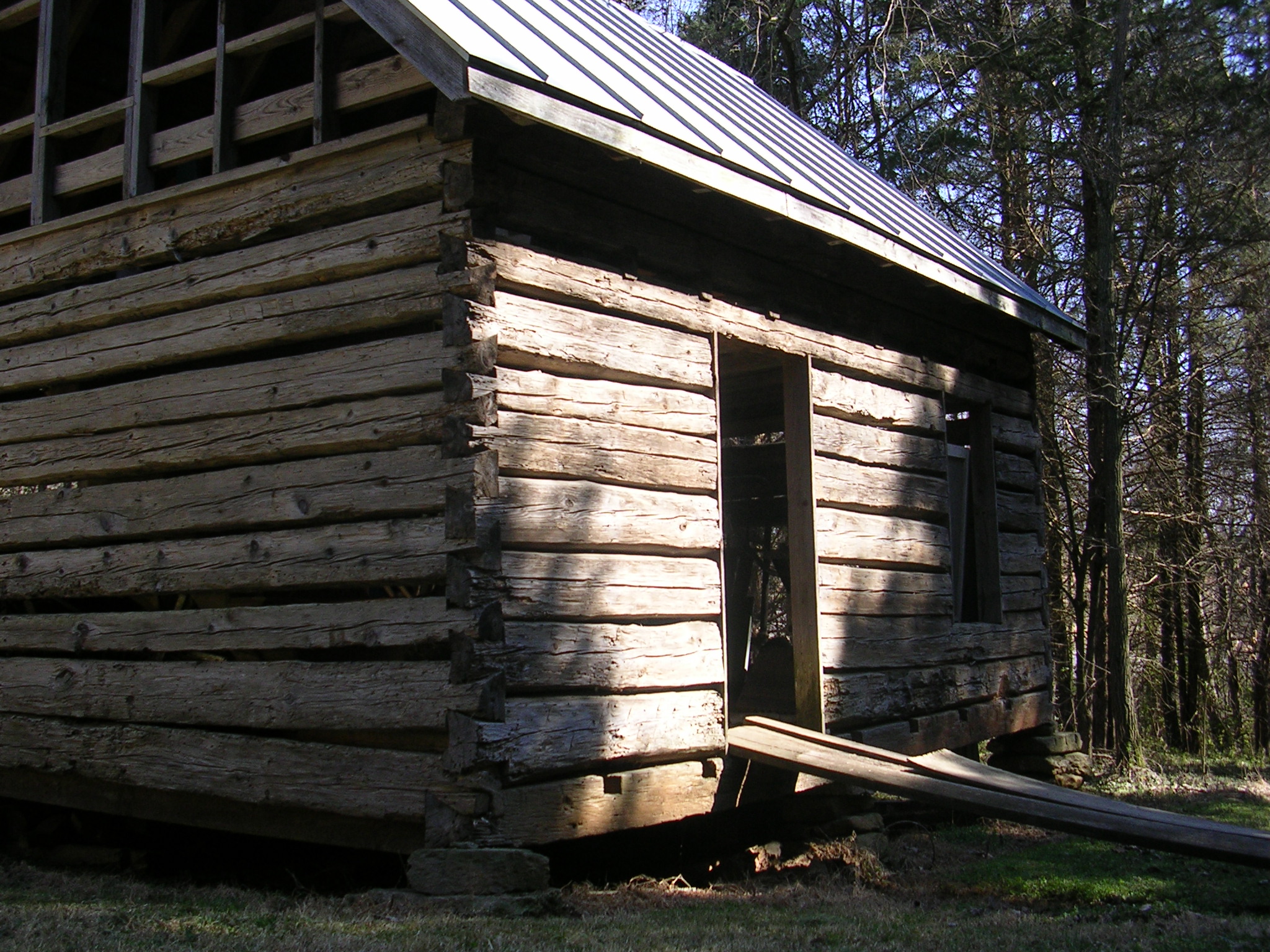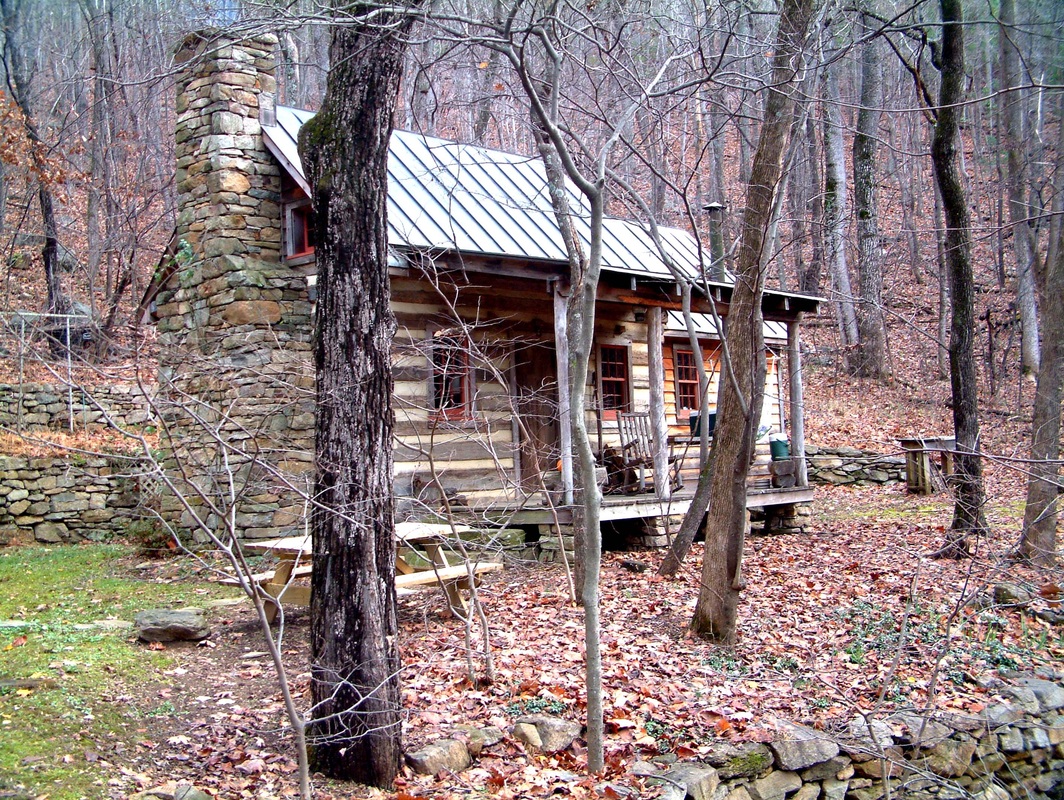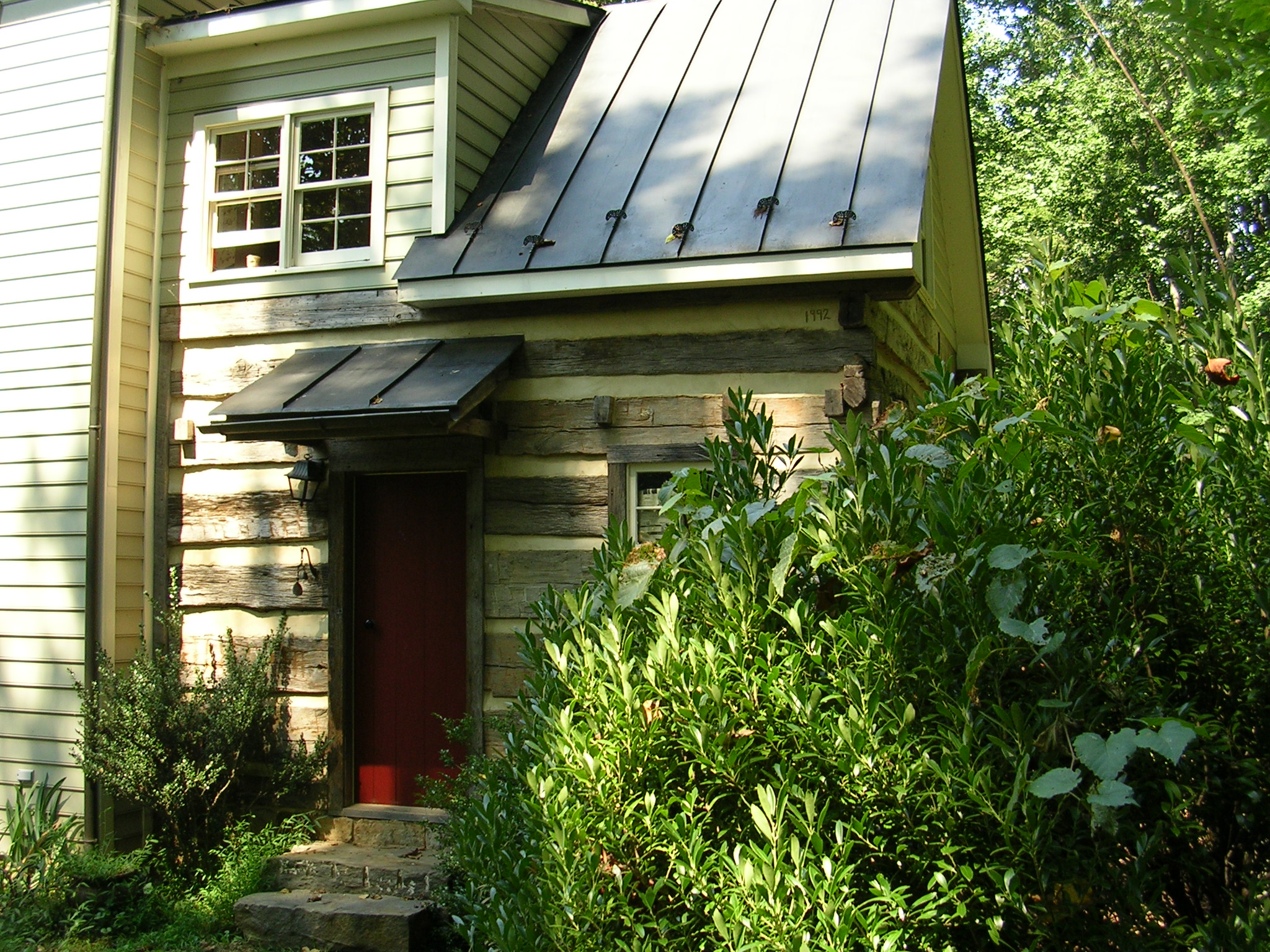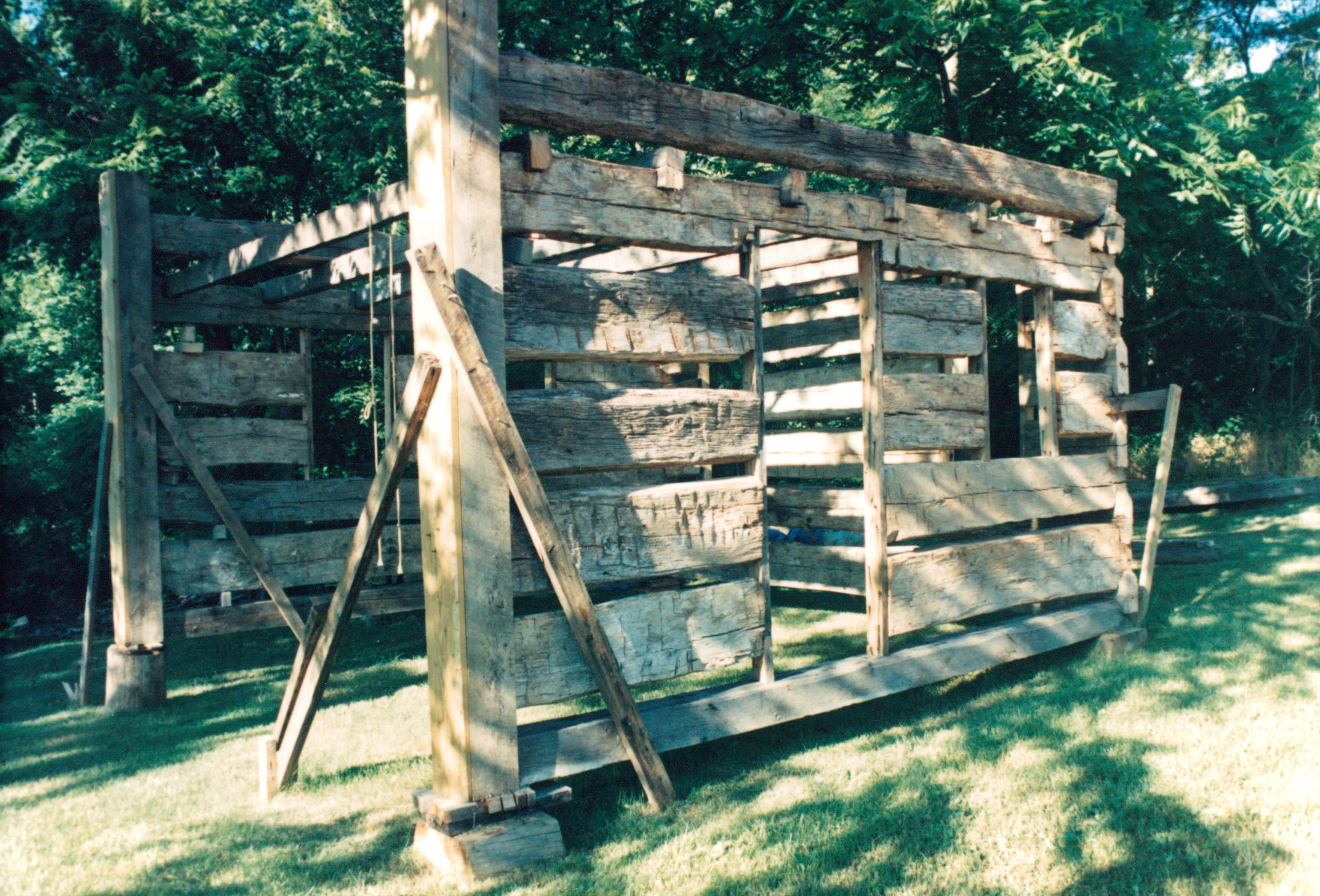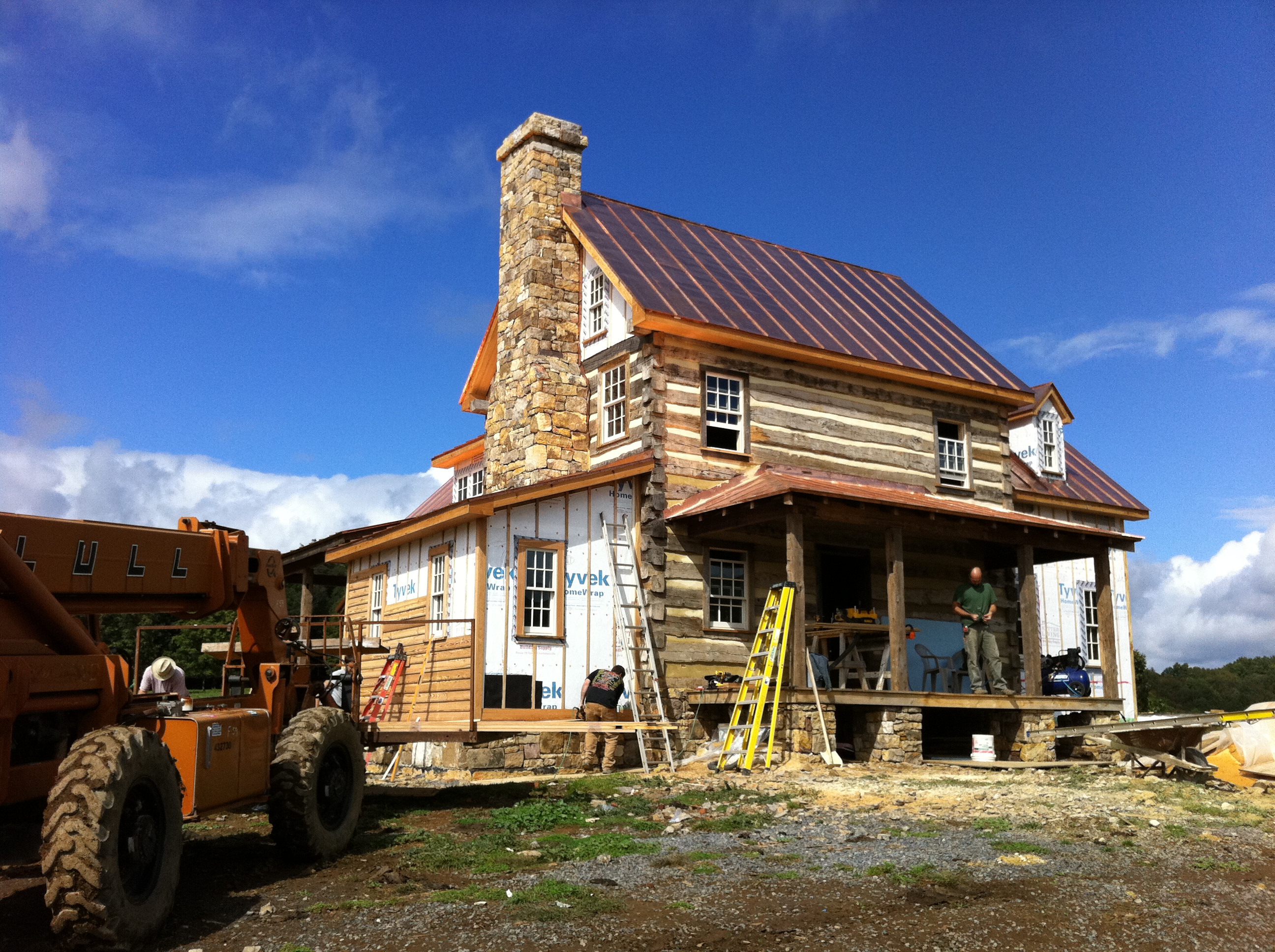“Butt and Pass” method of building log homes and cabins
Noah Bradley2019-06-29T09:49:01+00:00Originally posted 2017-06-12 16:22:17.
They just do
Noah Bradley2019-06-29T09:48:16+00:00Originally posted 2016-05-17 15:44:55.
How much does a log cabin cost?
Noah Bradley2019-06-29T09:48:14+00:00If you never want to own a handmade home,
then always let your first thought be “how much?”
for surely… the answer will be more than you want to hear,
and then,
you can easily dismiss the dream.
But,
if you really want to have that dream home,
let your first thought be…
“I WANT that handmade house, what do I need to do to make it happen?”
I’ve seen the young get their dream home, and I’ve seen the old, I’ve seen those financially challenged do it. (BTW… I’ve never seen a lottery winner do it)
Dream big, take small steps.
Yes, it does take effort.
Is it worth it?
Oh yes. So much so.
Just don’t get caught in the trap that so many do…
Of expecting someone else to do all the work… of designing a beautiful home for you, of picking out the best materials, and taking the greatest care in building that home to the highest level of skill… and doing all that, at the same price, or less, than the mass produced vinyl homes being built by the thousands today. It’s just not going to happen.
But please, don’t let your dream die! You can have that wonderful home.
The reality is that future handmade house owners need to either open the wallet wide… or put the toolbelt on.
I’ve built over a hundred one-of-a-kind homes for individuals who wanted me to do all, or most, of the work. I’m so thankful for those people. I’ve created some masterpieces and paid my bills in the process, and those same clients now have wonderful homes.
I’ve also taught hundreds more how they can do the same thing I do themselves and I have seen them go on to claim their dreams and create wonderful memories. Not to mention many now having incredible homes with little or no mortgage.
There are few things in this life that I love more than designing and building a handmade home and I believe that if you give it a try that you will feel the same way. The process is methodical… one step at a time… everyone in the building trade at one time built their first house. Many who build homes for a living have no more education than a high school degree. It’s not rocket science… it’s carpentry… it’s masonry… it’s plumbing. Yep, nailing boards, putting one stone on top of the other, gluing pipes together. There are tons of how-to books and videos out there.
You can do this. You are qualified.
Whether you choose to do it all or just some of the work, is something that can decide as you proceed. But at least start the journey by becoming fully informed on the options and the steps. And take the first few yourself… start the design work… seek out the materials… read up on the trades. I can’t tell you what decisions you will make as it progresses… but I can tell you that you will love the final destination!
Noah
PS… yes, the Handmade House Academy course is still being finished up. I’m so sorry for the delay… but be looking for the big announcement soon for all those on this site’s email list! There you will learn how to make this future home of yours a dream home… a home that will amaze you and everyone who visits.
Originally posted 2016-05-12 13:32:52.
The three sided cabin
Noah Bradley2019-06-29T09:48:12+00:00Here we have a home with a log cabin attached to it’s end as an addition.
This home is dramatically improved by having part of the home being of log construction don’t you think?
But, there is something unique and unusual about this cabin. Can you see it?
I have seen many hundreds of people tour these home and not one has ever commented on its “uniqueness”. (much to my surprise)
What makes this cabin unique is that it is a three sided cabin.
No one has ever once upon touring the home has noticed that it was three sided! … why is that?… and, are their advantages to having a three sided cabin?
Quite often when an old log cabin is taken down to be later used again when building a new home we are faced with a shortage of logs. Without fail there are generally a few logs that are damaged due to rot or insect damage. Also, old log cabins tend to have low ceilings so building back a taller cabin is often desired, so once again, we need more logs (or a creative alternative).
Sometimes vintage logs can be found to make up for the shortage, sometimes not. One way to get around this issue is to build a three sided cabin and attach it to a larger structure (It doesn’t have to be much larger, just somewhat bigger).
There are financial savings in taking this path due to not having to find and buy more logs, and the cabin is often nicer due to a now abundant supply of logs, and there is also a huge savings in labor in that only two corners of the cabin now need to be notched. And, to top things off, this type of cabin is easier to attach to another structure.
The “missing wall” of a three sided cabin is easily replaced visually with some combination of a fireplace, a doorway or opening into the cabin, or perhaps a closet, built-in shelves or cabinetry, or the creative use of old paneling.
Three sided cabins are historical… there is nothing new about them… I’ve seen them many times, but yet for some reason I’ve never been able to convince anyone to buy one when set up like the ones seen in these photo below… but… I have found that every time I’ve ever built a house using this method that people love them, and never once has any one noticed “the missing wall” or failed to love the cabin.
Originally posted 2016-05-10 14:08:30.
Log Home apprenticeship opportunity
Noah Bradley2019-06-29T09:48:02+00:00Originally posted 2016-04-30 16:08:54.
“Someday” vs “Living the dream”
Noah Bradley2019-06-29T09:47:48+00:00Do the “someday people” know all along they’re not going to take action, or does life just get in the way?
The folks who I’ve built cabins for have often told me that their friends are often envious of their homes. These same clients tell me that they just don’t really know how it all came about or know what to tell their friends. They say… “it just sort of happened”.
I’ve had the good fortune of witnessing these miracles happen, over a hundred times, and have observed about a dozen steps that all these people have done which moved them from “someday people” to “living the dream” people.
Over the next week or so I’ll share these small, mostly zero cost, steps with you.
Originally posted 2016-04-19 15:14:49.





